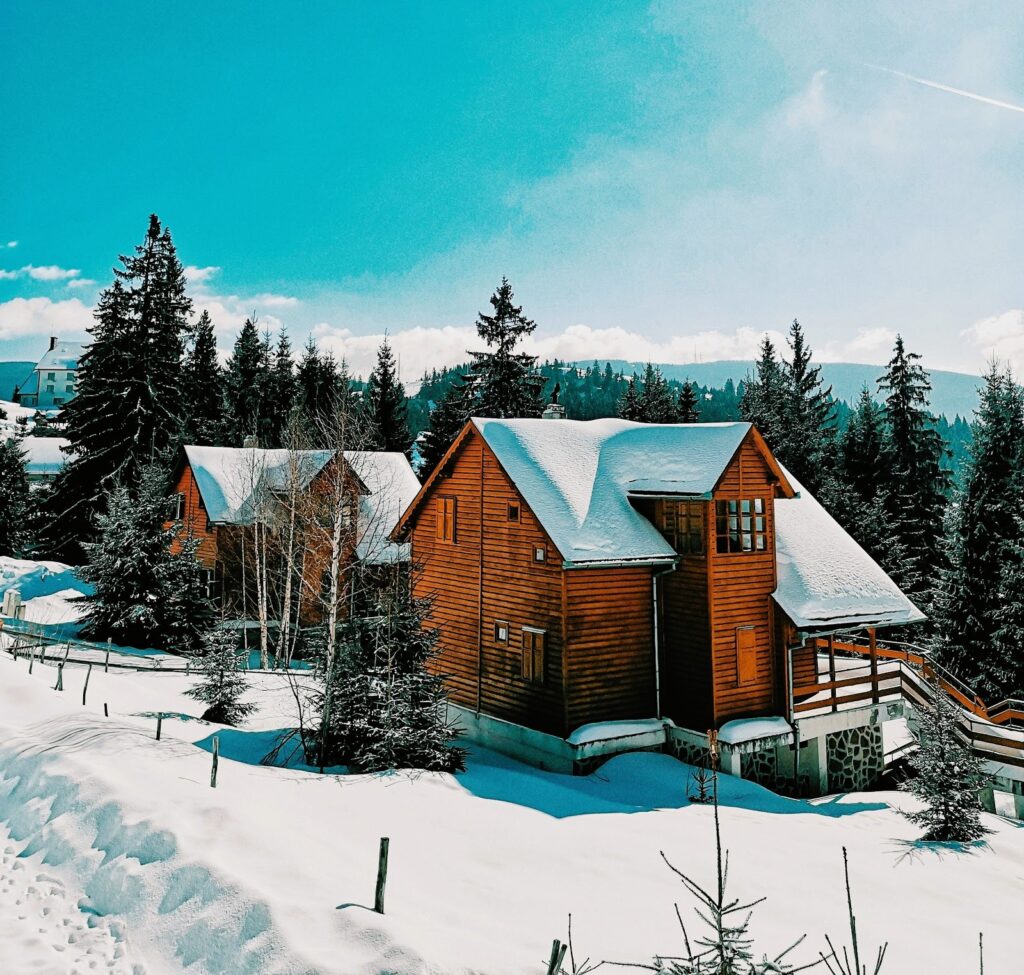Canada is known for its breathtaking landscapes, diverse cultures, and, of course, its chilly winters. With extreme cold temperatures being a common feature in many parts of the country, energy-efficient construction is not just a preference but a necessity. In this article, we’ll delve into the secrets of energy-efficient construction in Canada’s cold climates, helping homeowners and builders alike create comfortable, sustainable, and cost-effective homes.
Understanding the Challenge
Before we uncover the secrets of energy-efficient construction, let’s understand the unique challenges posed by Canada’s cold climates:
- Extreme Temperatures: Canada experiences some of the coldest winters in the world, with temperatures often dropping well below freezing.
- Heating Costs: Keeping a home warm during the winter months can be expensive, especially if it’s not energy-efficient.
- Environmental Impact: High energy consumption not only strains homeowners’ budgets but also contributes to greenhouse gas emissions.
The Secrets to Energy-Efficient Construction

1. Proper Insulation
One of the most critical aspects of energy-efficient construction in cold climates is insulation. Proper insulation helps maintain a consistent indoor temperature, reducing the need for excessive heating. Key insulation strategies include:
- High R-Value: Opt for insulation materials with a high R-value, which indicates their ability to resist heat flow. Common choices include fiberglass, cellulose, and foam board.
- Air Sealing: Ensure that your home is well-sealed to prevent drafts and heat loss. This includes sealing gaps, cracks, and ensuring proper weather stripping for doors and windows.
- Attic Insulation: Adequately insulating your attic can prevent warm air from escaping through the roof. Consider adding extra insulation in this area.
2. Efficient Windows and Doors
Windows and doors are significant points of heat loss in a home. To address this issue:
- Double or Triple Glazing: Opt for double or triple glazing with low-emissivity (Low-E) coatings to reduce heat transfer.
- Quality Weather Stripping: Ensure that windows and doors have high-quality weather stripping to prevent drafts.
- Energy-Efficient Frames: Choose window and door frames that provide good insulation and reduce heat transfer.
3. Advanced Heating Systems
Efficient heating systems are a must in Canada’s cold winters. Consider:
- High-Efficiency Furnace: Invest in a high-efficiency furnace that uses less energy to produce heat.
- Programmable Thermostat: Install a programmable thermostat to control heating settings, reducing energy use when you’re not at home.
- Radiant Floor Heating: In-floor heating systems can provide even, efficient warmth, especially in bathrooms and kitchens.
4. Ventilation and Heat Recovery
Proper ventilation is essential for indoor air quality and moisture control. Heat recovery ventilation (HRV) systems recover heat from outgoing air and transfer it to incoming fresh air, ensuring efficient ventilation without significant heat loss. Wood construction in Canada: Pros and cons.
5. Solar Energy
Solar panels can be a valuable addition to your home, especially in regions with ample sunlight. Solar energy can help offset your heating costs and reduce your environmental footprint.
6. Passive Design Principles

Passive design principles focus on utilizing natural elements like sunlight and wind to heat and cool your home. Features such as large south-facing windows, thermal mass (e.g., concrete floors), and proper shading can enhance your home’s passive energy efficiency.
Resources for Energy-Efficient Construction in Canada
For more in-depth information on energy-efficient construction standards and regulations in Canada, you can refer to the official website of the Government of Canada.
Conclusion
Energy-efficient construction in Canada’s cold climates is not only a smart financial decision but also an environmentally responsible one. By following these secrets of energy-efficient construction, you can create a comfortable and sustainable home that keeps you warm during the coldest winters while reducing your energy bills and carbon footprint. Building with energy efficiency in mind is a win-win for homeowners and the environment alike.
